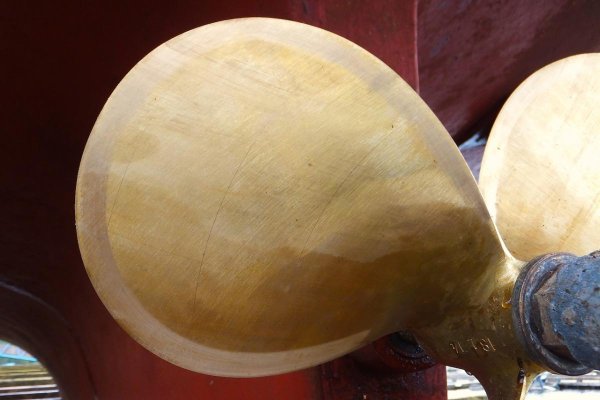2savage
Senior Member
- Joined
- Feb 21, 2017
- Messages
- 278
- Location
- USA
- Vessel Name
- Savage
- Vessel Make
- Seaton 50 expedition trawler
I may need to know everything about handling heavy boats when docking. For this discussion assume single screw, 50 foot long and no thrusters.
My main concern is regarding how a deck hand deals with a dock line when the boat is still three feet off the dock. Can they just muscle the boat closer? Will I be looking at improving my skills of using a spring line and full rudder to get up against a dock?
Although I have a trawler right now (Ranger 29) its 9,500 lbs, not 100,000. The heaviest boat I have owned is 12,500 lbs (my C&C 34/36+ sailboat, which I still own). All advice greatly appreciated.
My main concern is regarding how a deck hand deals with a dock line when the boat is still three feet off the dock. Can they just muscle the boat closer? Will I be looking at improving my skills of using a spring line and full rudder to get up against a dock?
Although I have a trawler right now (Ranger 29) its 9,500 lbs, not 100,000. The heaviest boat I have owned is 12,500 lbs (my C&C 34/36+ sailboat, which I still own). All advice greatly appreciated.


